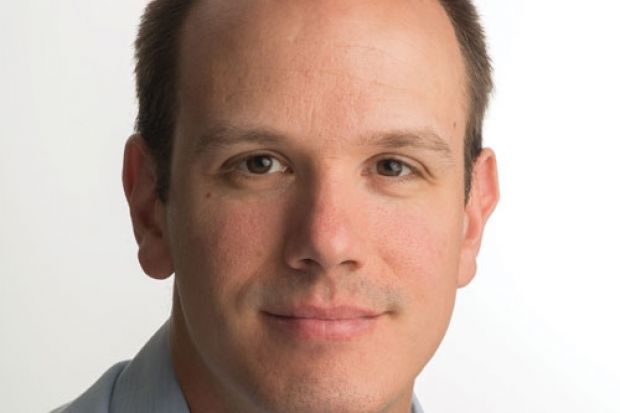To mark the 50th anniversary of the Robbins report, David Willetts has laid his own cards about university expansion firmly on the table. In a pamphlet for the Social Market Foundation thinktank, released this week, he predicts that the total number of English entrants to UK institutions could be as high as 460,000 students by 2035, up from 368,000 in 2011-12.
By warning of the potential need to expand the sector by such a large amount over the next 20 years, the universities and science minister has neatly echoed the conclusions of a landmark report that, as we explore in this week’s Times Higher Education, was instrumental in opening up higher education to millions of people who could not access it before. Mr Willetts has simultaneously made a key contribution to the argument that the UK can tackle the challenges of globalisation by expanding its skilled workforce rather than by engaging in a race to the bottom on wages.
As the participation rate has risen, the percentage paid by the state towards undergraduate education has shrunk
It is also clever political manoeuvring. In one fell swoop he has given a riposte both to those fellow Tories who believe that too many people already go to university and to Labour, which has strangely fallen silent on the importance of expanding graduate numbers (indeed, by “demoting” a disgruntled Liam Byrne to shadow universities, science and skills minister there will be a fear that universities have completely fallen off Ed Miliband’s priority list).
However, by discussing expansion, Mr Willetts also draws attention to the elephant in the room that the Robbins report itself failed to tackle head-on – how do you pay for it?
In his SMF paper, Mr Willetts does address this question, but mainly in the historical sense of considering how successive governments – most recently, of course, his own – have tried to square the financial circle of mass participation by asking graduates to pay for the private benefits they undoubtedly reap from going to university. In doing so, he does counter criticisms that the coalition’s reforms “are predicated on a belief that only the individual benefits from a degree” by correctly reminding us that there is still a large public subsidy for higher education in the form of taxpayers footing the bill for written-off student loans.
But what these arguments fail to properly address are the fears that it is precisely the unpredictable size of this write-off that means the system is still unsustainable and cannot support the status quo, let alone almost 100,000 more students. At some point, future graduates will have to be asked to cough up even more if such a target is to be reached. The alternative is the same erosion of the unit of resource – the funding per student – that put the Robbins expansion in such jeopardy in the 1980s and 1990s.
Is that, however, the only option? One point about the expansion in recent times has been that as the participation rate has risen, the state’s percentage contribution towards undergraduate education has been reduced – under the £9,000 system it is now 40 per cent, with the other 60 per cent made by individuals. This seems ironic given that the overall benefits to society must be increasing as a larger proportion of people study at university – a healthier population, greater net gain for the Treasury, better educated children and so on. Therefore should the pendulum not swing back the other way?
Perhaps only another review with the purpose, evidence base and thoroughness of Robbins could satisfactorily answer that question.
Register to continue
Why register?
- Registration is free and only takes a moment
- Once registered, you can read 3 articles a month
- Sign up for our newsletter
Subscribe
Or subscribe for unlimited access to:
- Unlimited access to news, views, insights & reviews
- Digital editions
- Digital access to THE’s university and college rankings analysis
Already registered or a current subscriber? Login
